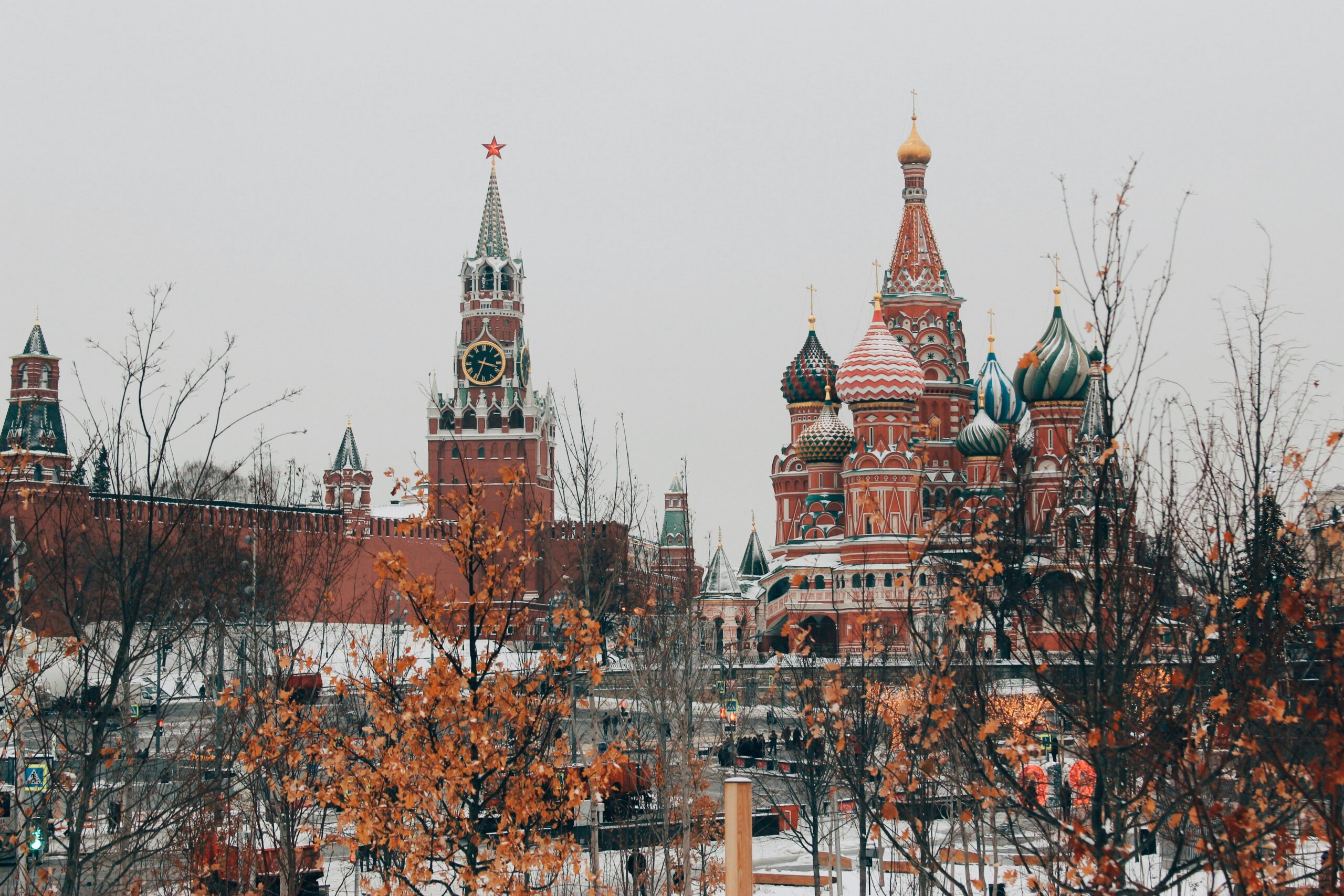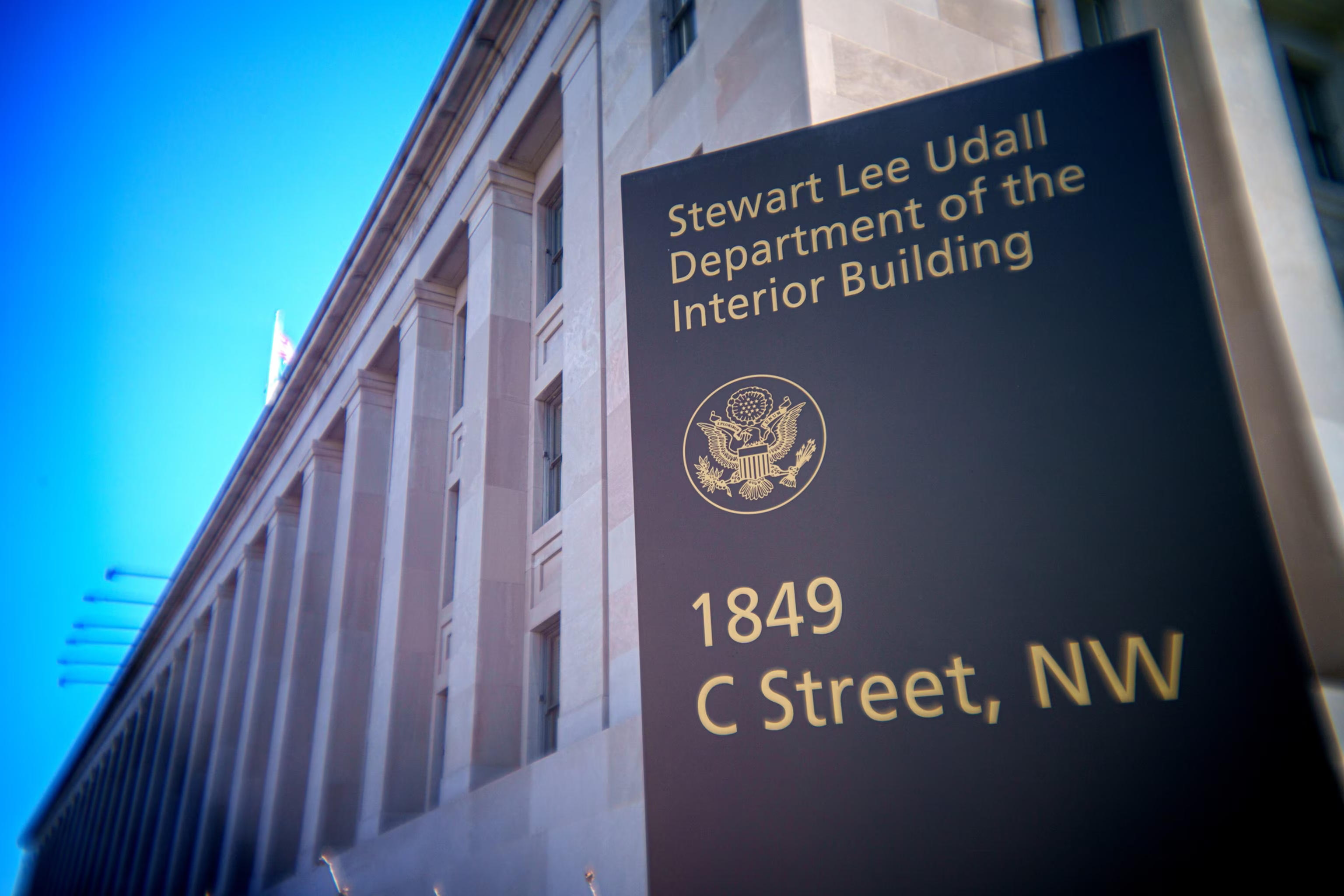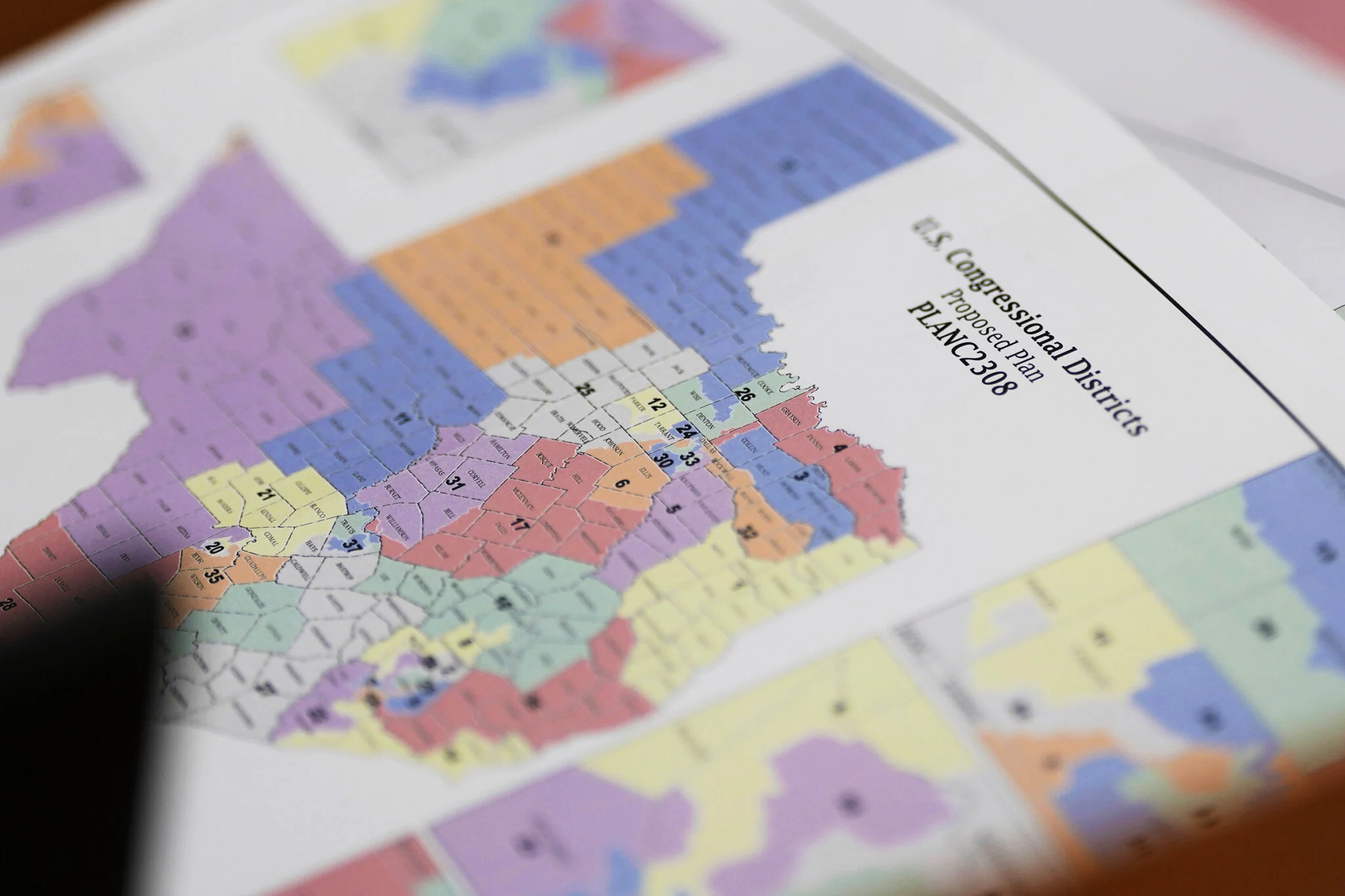In a bold move to combat soaring inflation, Russia’s central bank has raised its benchmark interest rate to 21 percent, marking the highest level in over two decades. This decision underscores the complex economic challenges facing the country, driven largely by unprecedented military spending and recruitment efforts.
As the Kremlin prioritizes its military objectives, the central bank is left grappling with the consequences of an overheated economy and escalating prices. This article delves into the intricate dynamics at play, examining the implications of Russia’s fiscal policies and the potential long-term effects on its economic stability.
The Inflationary Spiral
The central bank’s decision to hike interest rates is a direct response to the relentless inflationary pressures that have gripped the Russian economy. Elvira Nabiullina, the central bank’s president, has highlighted the persistent rise in prices, which are projected to average 8.8 percent this year—more than double the rate deemed healthy for economic stability.
The root cause of this inflation can be traced back to the Kremlin’s decision to significantly increase military spending, a move that has injected billions into the economy but also disrupted the delicate balance between supply and demand.
Military Spending and Economic Overheating
The Kremlin’s commitment to its military objectives has led to a substantial increase in government spending, primarily to cover war-related costs. This surge in expenditure has inadvertently fueled inflation by overheating the economy.
Companies with military contracts are willing to take on loans at any cost to meet production deadlines, effectively blunting the central bank’s primary tool for controlling inflation—interest rates. As a result, the central bank is caught in a challenging position, attempting to rein in inflation while the government continues to prioritize military spending.
Labor Shortages and Wage Inflation
Compounding the issue is the labor shortage resulting from military recruitment during the ongoing conflict. With hundreds of thousands of Russian men either enlisted, injured, or having fled the country, the civilian economy is left with a significant workforce deficit.
This scarcity of labor has led to increased competition among companies for workers, driving up wages and further contributing to inflation. As wages rise, so does consumer spending, creating a vicious cycle that exacerbates the inflationary pressures already present in the economy.
The Economic Outlook
Despite the immediate economic boom fueled by military spending, the long-term outlook for Russia’s financial stability remains uncertain. The International Monetary Fund has projected a 3.6 percent growth for the Russian economy this year, but economists warn that the current trajectory is unsustainable.
The imbalance between supply and demand, coupled with the central bank’s struggle to control inflation, poses significant risks to the country’s economic future. As the Kremlin shows no signs of curbing its military expenditures, the central bank’s efforts to stabilize the economy may prove increasingly challenging.
In conclusion, Russia’s decision to raise interest rates to their highest level in decades reflects the complex interplay between military spending and economic stability. As the central bank navigates this precarious landscape, the long-term implications of these fiscal policies remain to be seen.
The challenge lies in balancing the immediate demands of military objectives with the need for sustainable economic growth, a task that will require careful consideration and strategic planning in the years to come.
Stay tuned with us to read the most important news from the U.S. and keep yourself informed about the latest developments.
Contact us today through our website or WhatsApp to discover how we can help you achieve success in the United States. Together, we can turn dreams into reality.
Information source: nytimes.com



